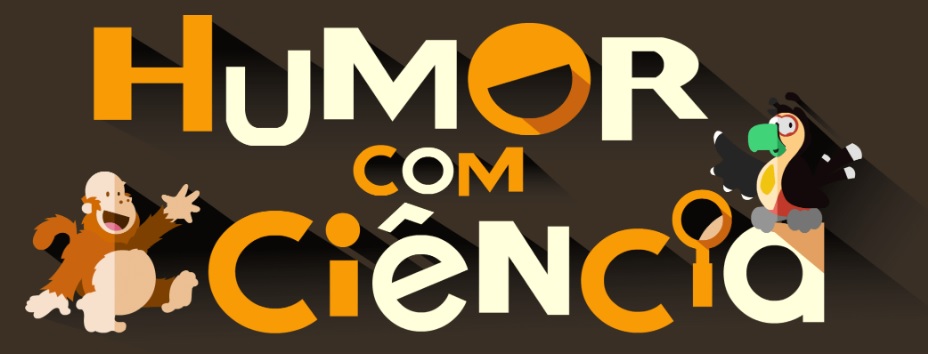
GF10000250886
A restorer works to piece together fragments of bodies that have come away from plaster cast moulds of the victims of the Mount Vesuvius eruption in A.D. 79, which buried Pompeiii, October 13, 2015. An expert team made up of archaeologists, radiologists, orthodontists and anthropologists began on September 2015 to use CAT scan technology (computerised axial tomography) to peer inside the plaster cast moulds of Pompeii's victims, in a study that has added more detail to previous findings. A 16-layer scan had to be used in order to penetrate the hardened plaster but the results showed up impressive skeletal remains and near perfect teeth. Picture taken October 13, 2015. REUTERS/Alessandro Bianchi
DC






























































